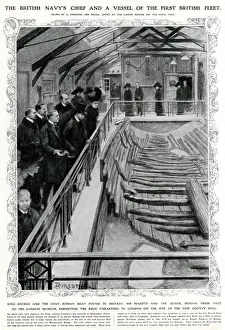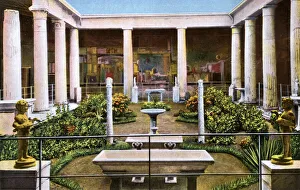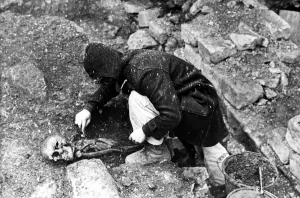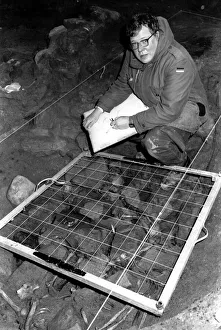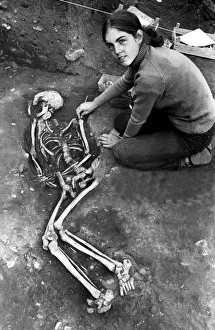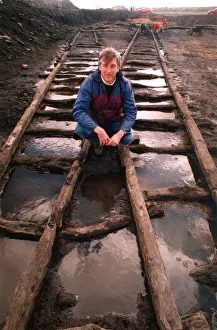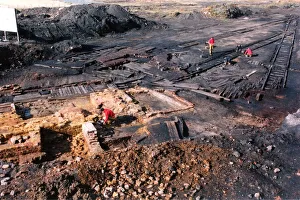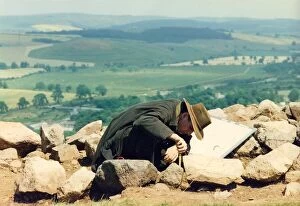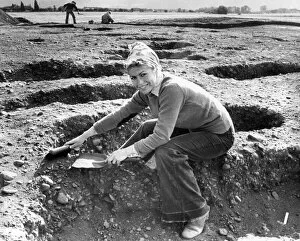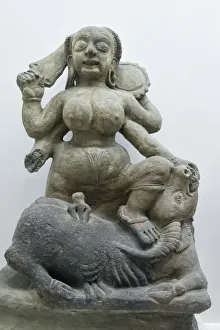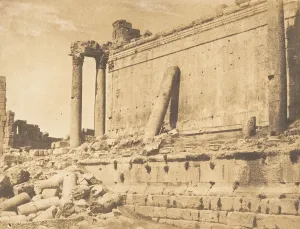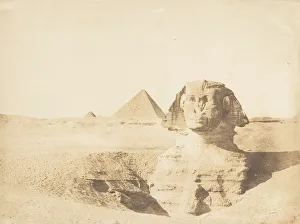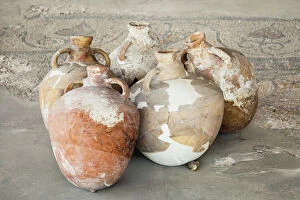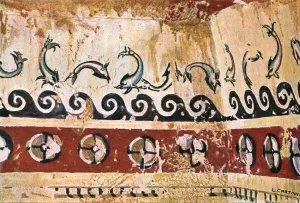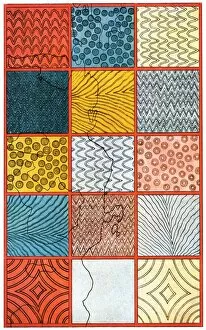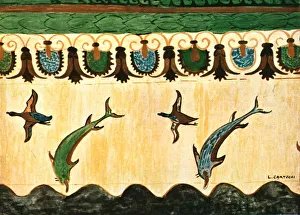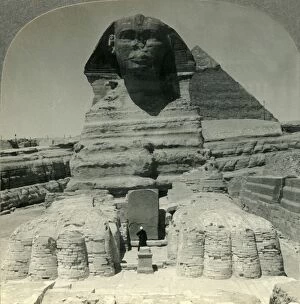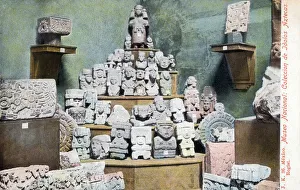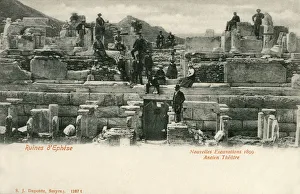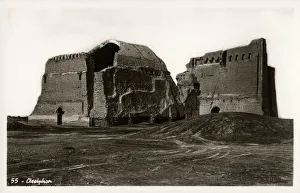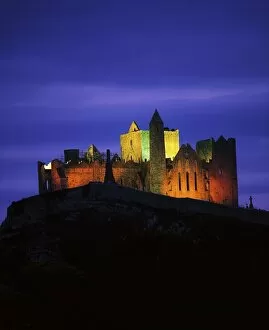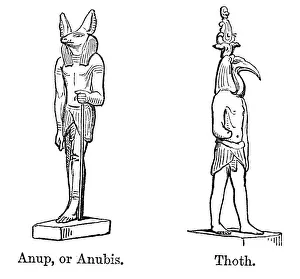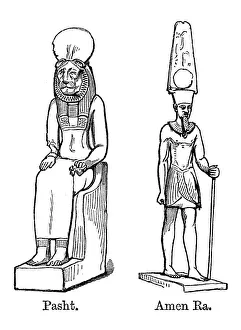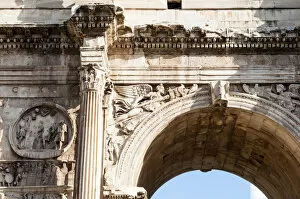Archaeology Collection (page 20)
"Unearthing the Mysteries of the Past: A Journey through Archaeology" Step into the world and discover captivating remnants from ancient civilizations
All Professionally Made to Order for Quick Shipping
"Unearthing the Mysteries of the Past: A Journey through Archaeology" Step into the world and discover captivating remnants from ancient civilizations. From the vibrant fresco depicting three Minoan women at Knossos to the mesmerizing Stone-age cave paintings in Chauvet, France, these artifacts offer glimpses into our ancestors' lives. Delve deep into history as you explore the Cave of Hands in Argentina, where handprints left by early humans adorn its walls. Witnessing such primitive artistry reminds us of our shared humanity across time. The Rosetta Stone stands as a testament to human ingenuity, unlocking secrets of an ancient language and enabling us to decipher hieroglyphics. This photograph captures a pivotal moment in archaeological history. Traveling northwards, we arrive at Scotland's Orkney Islands and marvel at Skara Brae Prehistoric Village. Preserved for over 5, 000 years beneath sand dunes, this site offers insights into Neolithic life like no other. Stonehenge emerges majestically on Salisbury Plain—a symbol shrouded in mystery. Its enigmatic purpose continues to intrigue researchers worldwide; each visit brings us closer to understanding its significance. Climb Cleeve Hill or study Avebury/Stukeley Map—both provide perspectives on how ancient societies interacted with their landscapes. These sites reveal intricate connections between people and their environment throughout history. Venturing further afield takes us to Peru's Machu Picchu—the lost city of the Inca—an architectural masterpiece nestled amidst breathtaking mountain scenery. Exploring its ruins transports us back centuries while leaving questions unanswered about its ultimate demise. Finally, Brean Down beckons with evidence from more recent times—a fortification built during World War II that serves as a reminder that archaeology encompasses all periods—not just those buried deep within antiquity. Archaeology invites us on an endless quest for knowledge about our past.

